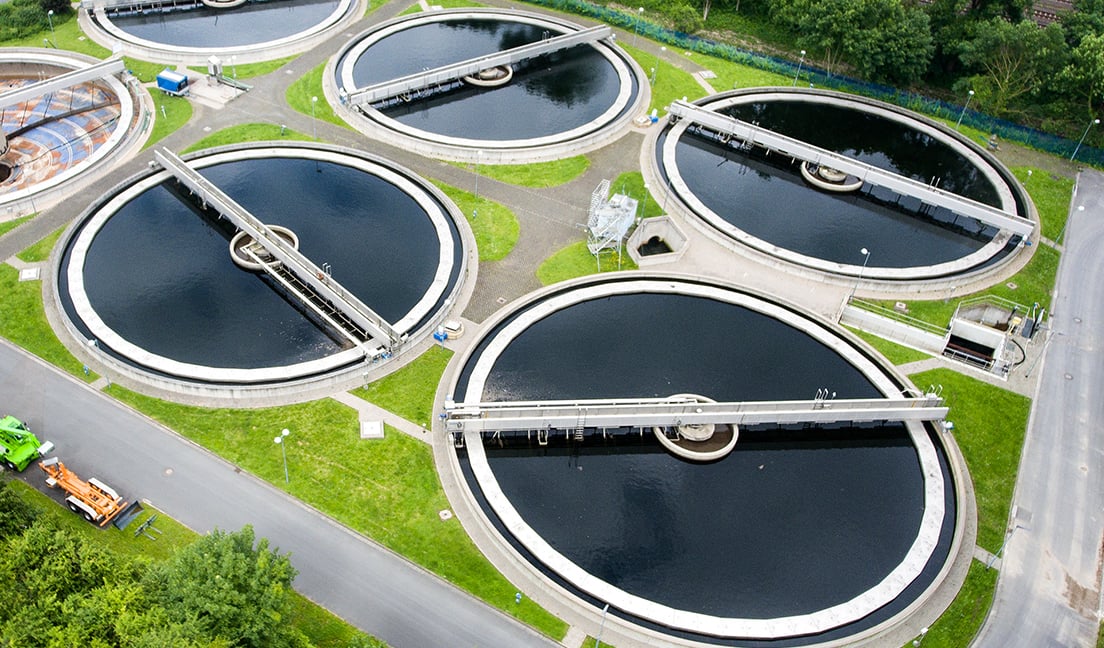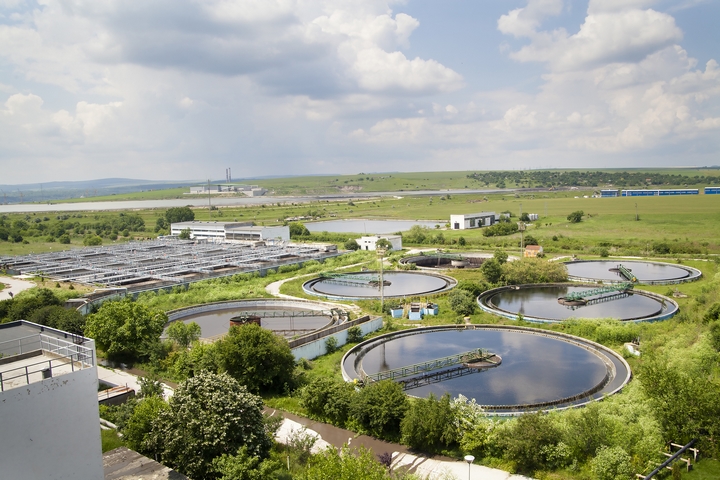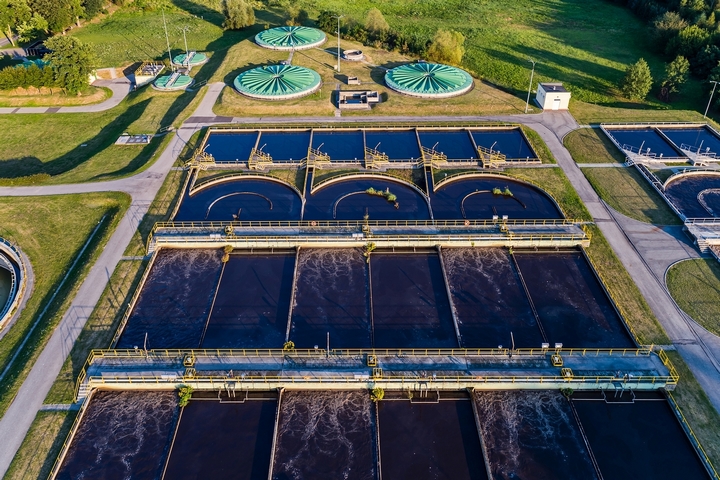
Introduction
Wastewater treatment is a crucial aspect of maintaining public health and environmental sustainability. One often overlooked aspect of this process is the potential for power generation from sewage sludge. This article provides an overview of power generation from sewage sludge and highlights its relevance in wastewater treatment. Additionally, it explores the importance and potential benefits of utilizing sewage sludge for energy production.
Historical Background
The use of sewage sludge in wastewater treatment has a rich historical background. Initially, the primary objective was to safely dispose of the sludge. However, as the understanding of energy generation improved, the concept of utilizing sewage sludge for power generation emerged. Over time, the evolution of power generation from sewage sludge within the context of wastewater treatment has been driven by technological advancements and the increasing focus on renewable energy sources.
Key Concepts and Definitions
Power generation from sewage sludge, also known as Waste-to-Energy (WtE), involves converting the organic matter present in sludge into usable energy. Key terms and concepts associated with this process include anaerobic digestion, incineration, and biogas production. Anaerobic digestion is a biological process that breaks down organic material in the absence of oxygen, producing biogas as a byproduct. Incineration involves the controlled combustion of sewage sludge to generate heat and electricity.

Main Discussion Points
Anaerobic digestion as a method of power generation from sewage sludge
Anaerobic digestion is a widely adopted method for power generation from sewage sludge. It involves the breakdown of organic matter by microorganisms in an oxygen-free environment, producing biogas. The benefits of anaerobic digestion include the reduction of sludge volume, renewable energy production, and potential nutrient recovery. Challenges such as process efficiency and digestate management need to be addressed.
Incineration as a method of power generation from sewage sludge
Incineration is another approach to power generation from sewage sludge. It involves the controlled combustion of sludge, releasing heat that can be harnessed for electricity generation or heating purposes. Incineration has seen significant technological advancements, including advanced flue gas treatment systems to reduce emissions. Environmental considerations such as air pollution control and ash disposal must be addressed for sustainable energy production.
Co-digestion and co-incineration of sewage sludge with other organic waste
Co-digestion and co-incineration involve the simultaneous treatment of sewage sludge with other organic waste streams. This approach offers benefits such as improved process efficiency, enhanced biogas production, and waste diversion. Successful implementation requires consideration of waste characteristics, process optimization, and regulatory compliance. Future developments hold promise for increased energy production and waste management efficiency.

Case Studies or Examples
Power generation from sewage sludge in a specific wastewater treatment plant
A specific wastewater treatment plant showcases successful implementation of power generation from sewage sludge. The plant has anaerobic digesters and cogeneration systems. Operational details highlight the potential of this approach in real-world applications.
International examples of successful power generation from sewage sludge
Different countries have adopted various approaches to power generation from sewage sludge. These examples provide insights into the global landscape of wastewater treatment energy production. Lessons learned from international case studies can inform practices in diverse contexts, fostering innovation and knowledge sharing.
Current Trends or Developments
Recent advancements in technology for power generation from sewage sludge
Technological advancements continue to drive improvements in power generation from sewage sludge. Innovations include advanced anaerobic digestion systems, thermal hydrolysis processes, and improved energy recovery systems. These developments aim to enhance process efficiency, increase biogas yields, and reduce overall costs.
Research findings on efficiency improvements and cost reduction in WtE processes
Ongoing research focuses on improving the efficiency of waste-to-energy processes such as anaerobic digestion and incineration. Studies explore optimization strategies, substrate pre-treatment techniques, and integration of complementary technologies. Researchers also work towards reducing costs associated with power generation from sewage sludge, making it more economically viable.
Emerging trends in sustainable energy production from wastewater treatment facilities
Wastewater treatment facilities are increasingly adopting sustainable energy production practices. These trends include integration of renewable energy technologies like solar and wind power, and implementation of smart grid systems for efficient energy management. Such advancements can transform wastewater treatment plants into self-sufficient energy hubs.
Challenges or Controversies
Environmental concerns and mitigation strategies associated with power generation from sewage sludge
Power generation from sewage sludge has environmental challenges, including emissions from incineration and potential water and air pollution from anaerobic digestion. Technological advancements, stringent regulations, and sustainable management practices can address these concerns.
Public perception and acceptance of WtE methods in wastewater treatment
Public perception of waste-to-energy methods in wastewater treatment can influence their adoption. Education and communication efforts are necessary to address misconceptions and increase public acceptance. Highlighting environmental and energy benefits can foster positive attitudes towards power generation from sewage sludge.
Regulatory frameworks and policy implications for power generation from sewage sludge
Power generation from sewage sludge is subject to regulatory frameworks and policies that vary across jurisdictions. Streamlining regulations, promoting standardization, and providing incentives for renewable energy generation can facilitate sector growth. Policymakers play a crucial role in creating an enabling environment for sustainable energy production from wastewater treatment facilities.

Future Outlook
Speculation on potential growth and expansion of power generation from sewage sludge
The future of power generation from sewage sludge holds significant potential for growth. As demand for renewable energy increases, wastewater treatment plants can play a vital role in meeting energy needs sustainably. Continued advancements in technology and increased awareness of waste-to-energy benefits are expected to drive this growth.
Integration of renewable energy technologies and smart grid systems in wastewater treatment facilities
Integration of renewable energy technologies with power generation from sewage sludge can enhance energy production and reduce reliance on fossil fuels. Adoption of smart grid systems allows for efficient energy management and grid integration, creating a more resilient and sustainable energy infrastructure.
Potential for collaboration and knowledge sharing among industry stakeholders
Collaboration and knowledge sharing among industry stakeholders can accelerate advancements in power generation from sewage sludge. Sharing best practices, research findings, and innovative solutions can foster a collaborative environment that drives further progress in this field.
Conclusion
Power generation from sewage sludge offers immense potential and benefits in wastewater treatment. Through anaerobic digestion, incineration, and co-digestion or co-incineration, sustainable energy can be harnessed from a previously underutilized resource. However, challenges such as environmental concerns, public perceptions, and regulatory frameworks need to be addressed for widespread adoption of these methods. Continued research, innovation, and collaboration will pave the way for the future of power generation from sewage sludge.




